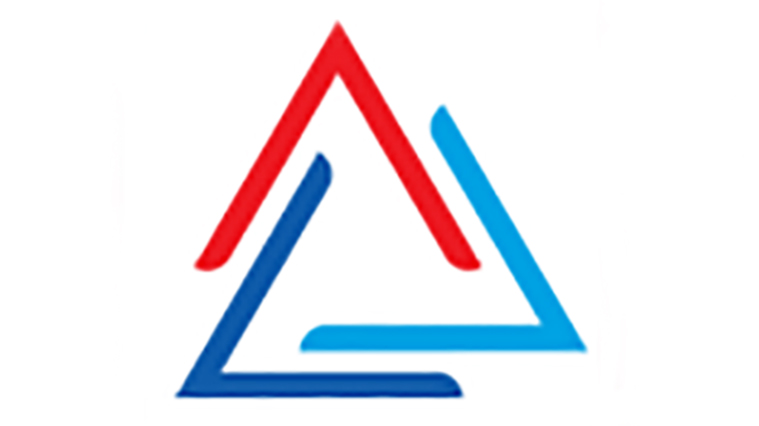Can Imaging Reveal Early Stage Damage to Individual Optic Nerve Fibers?

About the Research Project
Program
Award Type
Standard
Award Amount
$150,000
Active Dates
July 01, 2017 - February 29, 2020
Grant ID
G2017170
Acknowledgement
Goals
Current clinical gold-standard methods for assessing the structural integrity of nerve fibers damaged by glaucoma are only able to detect complete loss of those fibers from the retinal layer within the eye. By the time such loss is detected, it is too late to rescue those fibers and the visual signals they had previously carried to the brain. In order to prevent loss of those fibers and their visual function, more sensitive techniques are needed to detect subtle abnormalities that occur at an earlier stage of injury from glaucoma. We seek in this proposal to determine whether a particular type of imaging is capable of assessing and reporting on the integrity of sub-microscopic structures within optic nerve fibers at an early stage of damage preceding their complete degeneration and loss from the eye.
Summary
We seek to determine whether a particular type of imaging, known as “polarization-sensitive” imaging, is capable of reporting on the integrity of sub-microscopic structures within optic nerve fibers at an early stage of damage from glaucoma, preceding their complete degeneration and loss from the eye.
The principle behind this type of imaging is that retinal ganglion cell axons exhibit an optical property known as birefringence. Structures with this property behave optically as though they are made of two different materials (each with a different refractive index), depending on the orientation of polarization of the light passing through them. When retinal ganglion cell (RGC) axons are injured, before completely degenerating, they exhibit a phase during which their internal “skeletal” structure (normally consisting of a highly organized arrangement of fibers) becomes disorganized. This disruption causes a change in the way light interacts with the tissue, such that the axon bundles exhibit less birefringence and also lower reflectance (back scatter). We have already shown that this type of imaging detects abnormalities of the axon bundles before any reduction of retinal nerve fiber layer (RNFL) thickness (the most common clinical standard metric of axon integrity) can be detected.
However, there remains an important gap in the evidence that needs to be addressed before this imaging approach can translate completely to influence clinical care. The resolution of current imaging techniques is insufficient to discern whether individual axons are dropping from bundles without bundle collapse (thus manifesting as reduced birefringence without bundle thinning) or whether cytoskeletal disruption occurs within axons that otherwise remain present within bundles. We aim to close this gap by implementing a novel assay to simultaneously assess the integrity of the axonal cytoskeletal structure (using electron microscopy) and a functional (physiological) correlate of healthy cytoskeletal structure, namely active axon transport, within individual RGC axons at an early stage of experimental glaucoma. This link is significant and necessary to close the existing evidence gap so that clinicians and their patients will know unequivocally that abnormalities of RNFL birefringence represent a sign of axonal stress rather than axonal loss. This should impact clinical care, making it clearer that new progressive RNFL retardance defects represent a “red flag” that can alert clinicians of the need to advance therapy before additional stages of axonal self destruction result in permanent axon and vision loss.
Related Grants
National Glaucoma Research
The Impact of Glaucoma on Light-Mediated Mood and Sleep Disorders
Active Dates
July 01, 2024 - June 30, 2026

Principal Investigator
Xiaorong Liu, PhD
Current Organization
University of Virginia
National Glaucoma Research
Increased Pressure in Eye Affects the Neuronal Communications in the Brain
Active Dates
July 01, 2022 - June 30, 2025

Principal Investigator
Prabhavathi Maddineni, PhD
Current Organization
University of Missouri
National Glaucoma Research
Improved Imaging of the Outflow Pathway in the Living Human Eye
Active Dates
July 01, 2022 - June 30, 2025

Principal Investigator
Alessandra Carmichael-Martins, PhD
Current Organization
Indiana University




